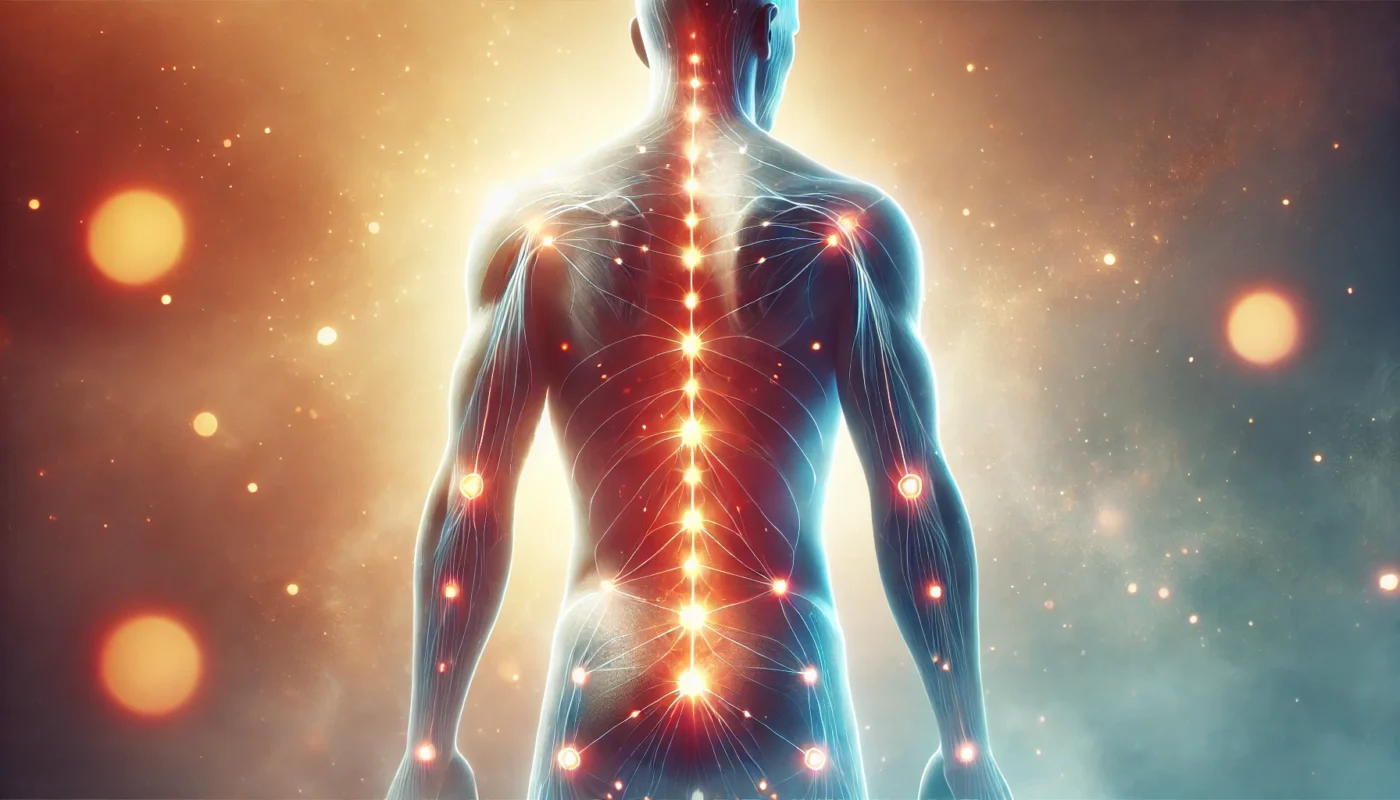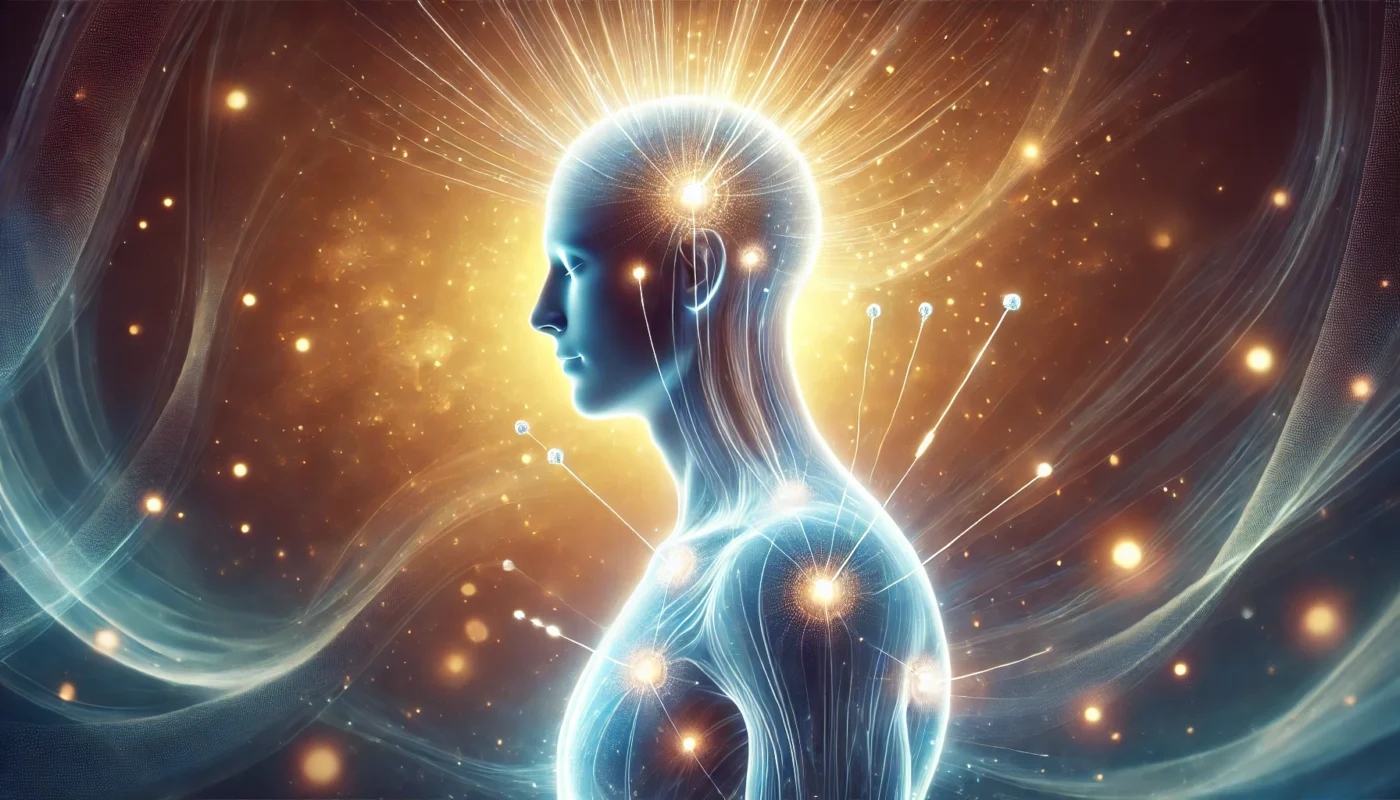Acupuncture, a practice rooted in Traditional Chinese Medicine (TCM), involves the insertion of fine needles into specific points on the body to promote healing and alleviate pain. This ancient technique is gaining recognition in the modern medical community for its effectiveness in managing pain. By harmonizing the body’s energy and addressing deeper imbalances, acupuncture can offer profound benefits beyond mere symptom relief.
In this article, we will delve into the benefits of acupuncture for pain management, explore scientific evidence supporting its use, and provide practical advice for those considering this holistic approach. We aim to guide you through the complexities of acupuncture, offering insights into how this practice can be a cornerstone of your health and wellness journey.
You may also like: Exploring Alternative Treatments for Pain Relief
Understanding Acupuncture
Acupuncture operates on the principle that health is governed by the flow of ‘Qi’ (pronounced “chi”), or vital energy, along pathways in the body known as meridians. When Qi is blocked or imbalanced, pain and illness can result. Acupuncture aims to restore the balance of Qi, thereby promoting healing and reducing pain. Through the careful selection of acupuncture points, practitioners can influence this energy flow, providing therapeutic benefits tailored to individual needs.
The Philosophy Behind Qi and Meridians
In TCM, Qi is considered the life force that sustains physical and mental activities. Understanding Qi’s movement is crucial to addressing health issues. Meridians, the channels through which Qi flows, connect different parts of the body, forming an intricate network. When these pathways are disrupted, acupuncture seeks to restore their function, ensuring that the body’s systems are in harmony.
Mechanisms of Action in Western Medicine
From a Western medical perspective, acupuncture is thought to stimulate the nervous system, leading to the release of chemicals in the muscles, spinal cord, and brain. These biochemical changes may promote the body’s natural healing abilities and foster physical and emotional well-being. The release of endorphins, the body’s natural painkillers, is one such mechanism, providing immediate and sustained relief.
Exploring Acupuncture Points and Techniques
Each acupuncture point has a specific location and is associated with particular bodily functions or systems. By targeting these points, practitioners aim to influence the body’s energy flow and address the root causes of pain. Techniques may vary, including traditional needle insertion, electroacupuncture, and acupressure, each offering unique benefits tailored to individual conditions.
Scientific Evidence Supporting Acupuncture for Pain Management
While acupuncture’s roots are ancient, modern science is increasingly validating its efficacy. Numerous studies have examined acupuncture’s role in pain control, offering insights into how this practice can be integrated into comprehensive pain management strategies. As research progresses, the evidence base for acupuncture continues to grow, highlighting its potential as a mainstream therapeutic option.
Chronic Pain Relief and Clinical Studies
Research indicates that acupuncture can be particularly effective for chronic pain conditions such as osteoarthritis, migraines, and lower back pain. A review published in the “Journal of Pain” found that acupuncture outperformed placebo treatments in reducing chronic pain and improving function. Clinical trials consistently show that regular acupuncture sessions can lead to significant improvements in pain levels and quality of life.

Post-Surgical and Injury Recovery: Enhancing Rehabilitation
Acupuncture can also aid in recovery following surgery or injury. It has been shown to reduce the need for pain medication and enhance the body’s natural healing processes. Studies suggest that acupuncture may help manage post-operative pain and improve outcomes for individuals recovering from sports injuries. By facilitating quicker recovery times, acupuncture can be a vital component of post-surgical care plans.
Neurological and Psychosomatic Benefits
Emerging research highlights acupuncture’s potential neurological benefits, including its role in modulating pain pathways in the brain. Functional MRI studies reveal that acupuncture can alter brain activity associated with pain processing, providing a neurophysiological basis for its analgesic effects. Additionally, acupuncture can address psychosomatic aspects of pain, reducing stress and anxiety, which are often intertwined with physical discomfort.
Practical Advice for Acupuncture as a Pain Management Strategy
If you’re considering acupuncture as part of your pain management regimen, here are some practical tips to ensure you receive the maximum benefit. Understanding the nuances of treatment and engaging actively with your practitioner can enhance the therapeutic outcomes of acupuncture.
Choosing a Qualified Practitioner: Key Considerations
It’s crucial to work with a licensed acupuncturist who has undergone rigorous training and adheres to professional standards. A qualified practitioner will conduct a thorough assessment to determine the most appropriate treatment plan for your specific needs. Check credentials, seek recommendations, and ensure they have experience with your particular health concerns.
The Importance of Open and Communicative Sessions
Discuss your health history, current medications, and specific pain concerns with your acupuncturist. Open communication will allow them to tailor the treatment to your individual requirements and monitor your progress effectively. Being honest about your experiences and feedback can help refine the approach, making each session more effective.
Setting Realistic Expectations and Tracking Progress
While many people experience relief after just a few sessions, acupuncture is not a one-size-fits-all solution. The number of sessions required can vary based on the severity and nature of your pain, as well as your body’s response to treatment. Consistency and patience are key to achieving lasting results. Keeping a journal of your symptoms and improvements can help track progress and adjust treatment plans as needed.
Integrating Acupuncture with Other Pain Management Approaches
Acupuncture can complement other pain management strategies, providing a holistic approach to health and wellness. By integrating acupuncture with other modalities, patients can achieve more comprehensive and sustainable outcomes.
Synergy with Physical Therapy and Rehabilitation
For individuals recovering from injury or surgery, combining acupuncture with physical therapy can enhance rehabilitation outcomes. Acupuncture may reduce pain and inflammation, allowing for more effective participation in physical therapy exercises. This synergy can lead to improved mobility and faster recovery times.
The Role of Nutrition and Lifestyle Modifications
Holistic pain management often involves addressing diet and lifestyle factors that contribute to pain. Acupuncture can be part of a broader wellness plan that includes nutritional support, stress management, and regular physical activity. By aligning these elements, patients can optimize their health and reduce the recurrence of pain episodes.
Incorporating Mindfulness and Stress Reduction Techniques
Mindfulness practices, such as meditation and yoga, can complement acupuncture by enhancing relaxation and mental clarity. These techniques can help manage stress, a common exacerbating factor for pain, and improve overall emotional resilience. By fostering a mindful approach to living, individuals can support their acupuncture treatments and maintain long-term well-being.

Potential Risks and Considerations
While acupuncture is generally considered safe, it’s important to be aware of potential risks. Mild side effects, such as bruising or soreness at needle sites, can occur but are typically short-lived. It’s essential to consult with your healthcare provider before beginning acupuncture, especially if you have a bleeding disorder or are taking blood-thinning medications. Understanding these risks and taking preventive measures can ensure a safe and beneficial experience.

Conclusion
Acupuncture offers a compelling alternative for those seeking holistic pain management solutions. By tapping into the body’s natural healing mechanisms, acupuncture can provide relief for a variety of pain conditions and enhance overall well-being. Its integration into modern healthcare systems reflects its enduring value and adaptability.
For fitness enthusiasts, health enthusiasts, and medical patients alike, understanding the benefits of acupuncture can empower you to make informed decisions about your pain management journey. As research continues to explore the depths of acupuncture’s potential, this ancient practice remains a valuable tool in the quest for health and wellness. Embracing acupuncture can open new pathways to healing, offering hope and relief in the pursuit of a balanced, pain-free life.
Further Reading:
The Role of Acupuncture in Pain Management
Acupuncture for Neuropathy, Cancer Pain, Anxiety, and More
Benefits of Acupuncture, Pain Management, Traditional Chinese Medicine, Qi, Meridians, Chronic Pain, Acupuncture Points, Holistic Health, Rehabilitation, Neurological Benefits, Stress Reduction, Mindfulness, Nutrition, Physical Therapy, Alternative Medicine, Wellness
Important Note: The information contained in this article is for general informational purposes only, and should not be construed as health or medical advice, nor is it intended to diagnose, prevent, treat, or cure any disease or health condition. Before embarking on any diet, fitness regimen, or program of nutritional supplementation, it is advisable to consult your healthcare professional in order to determine its safety and probable efficacy in terms of your individual state of health.
Regarding Nutritional Supplements Or Other Non-Prescription Health Products: If any nutritional supplements or other non-prescription health products are mentioned in the foregoing article, any claims or statements made about them have not been evaluated by the U.S. Food and Drug Administration, and such nutritional supplements or other health products are not intended to diagnose, treat, cure, or prevent any disease

